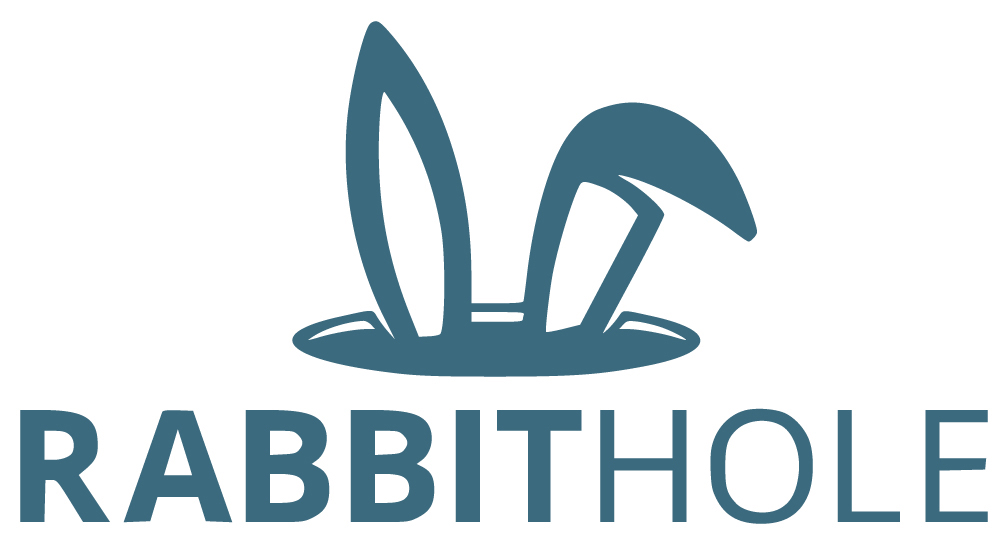The Porticus Aemilia
The Porticus Aemilia (Portico di Emilio) is a massive Roman public building constructed in 193 BC along the Tiber River, in the area now known as Testaccio. It is one of the largest covered warehouse complexes of antiquity and one of the earliest known examples of large-scale use of Roman concrete (opus caementicium), making it an engineering masterpiece of its time.
WHAT WAS THE PORTICUS AEMILIA?
Built by the censors Marcus Aemilius Lepidus and Lucius Aemilius Paulus (hence the name), the Porticus Aemilia was a covered structure approximately 500 meters long and 60 meters wide, divided into parallel aisles.
It functioned as a warehouse and storage facility for goods transported via the Tiber River, especially food supplies (grain, oil, wine, etc.) destined for the city’s consumption.
It was directly connected to the Portus Tiberinus, the ancient river port of Rome, and to Monte Testaccio, a huge artificial mound made from broken amphorae.
WHAT HAS BEEN FOUND INSIDE?
During archaeological excavations (mainly from the late 19th to mid-20th century), the following were discovered:
1. Architectural Structures
-
Massive opus incertum walls and barrel vaults made of concrete, still partially visible today.
-
Over 300 vaulted chambers, probably used as storage rooms, some still well preserved.
-
Traces of ramps and passages that allowed the movement of carts and goods.
2. Ceramic Materials and Pottery Fragments
-
Fragments of commercial amphorae (especially Dressel 20 types for oil and wine).
-
Many of these shards were later dumped onto nearby Monte Testaccio.
3. Traces of Wooden Structures
-
Imprints in the flooring indicating the presence of wooden mezzanines or shelving, likely used to increase storage capacity.
4. Small Objects
-
Coins, balance weights, container fragments, and charred organic materials.
-
Nothing extraordinarily “precious,” but of great historical value for reconstructing the ancient Roman economy.
WHY IS IT IMPORTANT?
-
It’s one of the very first concrete buildings in history, showcasing how advanced Roman engineering was already in the 2nd century BC.
-
It reveals the logistical workings of ancient Rome—a city that had to feed hundreds of thousands of inhabitants.
-
Though unknown to most tourists, it’s a key site for understanding “commercial” Rome, not just its monumental side.
CAN IT BE VISITED TODAY?
Yes, but only from the outside, by walking along Via Rubattino or Via Beniamino Franklin (Testaccio). Some sections are incorporated into modern buildings or are protected, but large arches and original structures are still visible.
With local associations or on special occasions such as FAI (Italian Heritage Fund) open days, it is sometimes possible to visit portions of the interior.
How to Reach the Porticus Aemilia from The Rabbit Hole
Approx. time: 10–15 minutes | Distance: about 2.5 km (1.5 miles)
- Start on Via Napoleone Parboni.
- Continue into Via Ippolito Nievo.
- Follow Via Ippolito Nievo straight down to the Ponte Testaccio bridge.
- Cross the Tiber River via Ponte Testaccio.
- Once across, turn right onto Lungotevere Testaccio, then left onto Via Beniamino Franklin.
- Continue along Via Beniamino Franklin until you reach Via Rubattino.
- You’ll see the Porticus Aemilia ruins on your left—massive ancient arches partially embedded in modern buildings.
